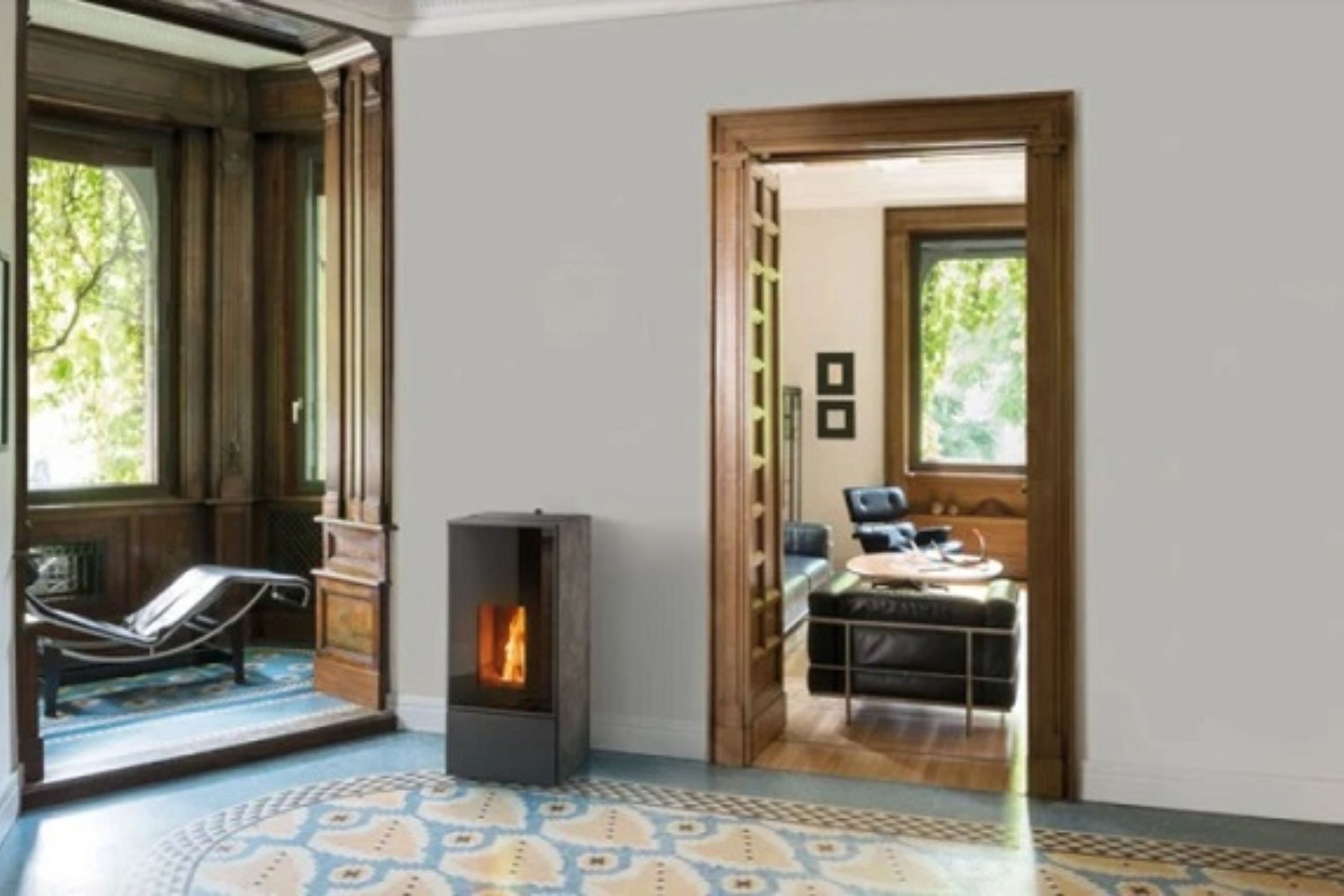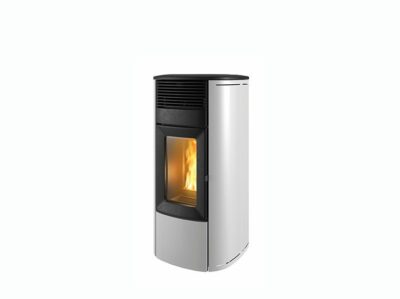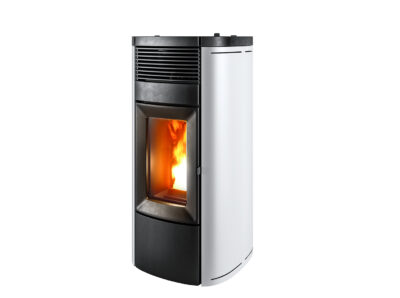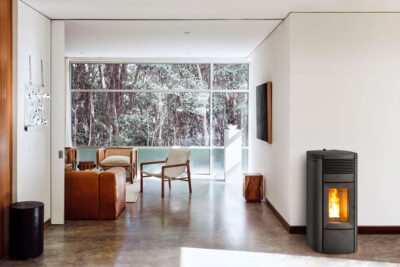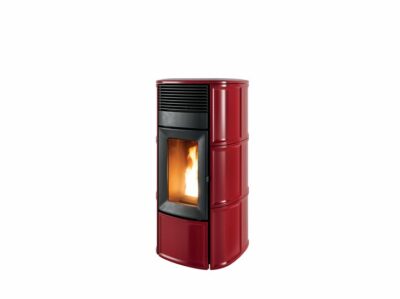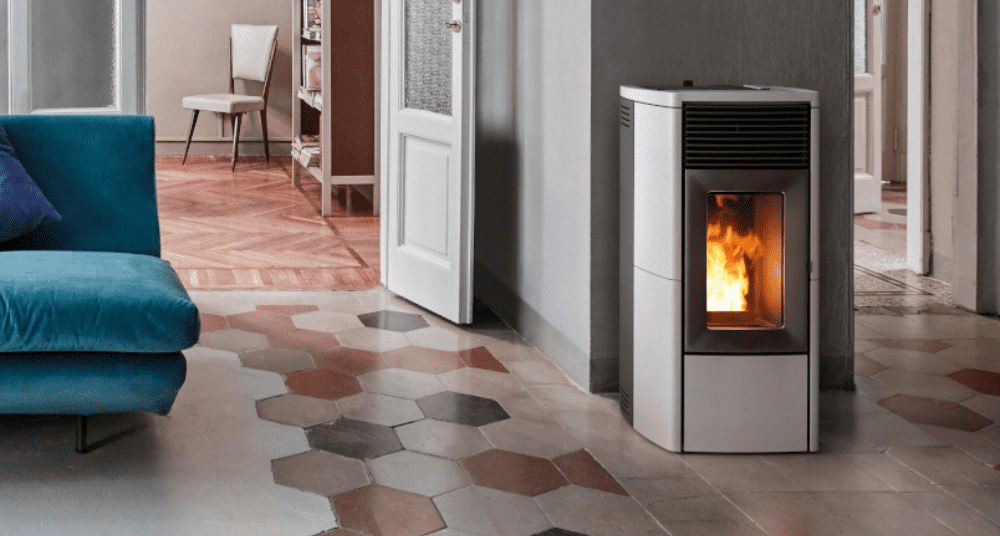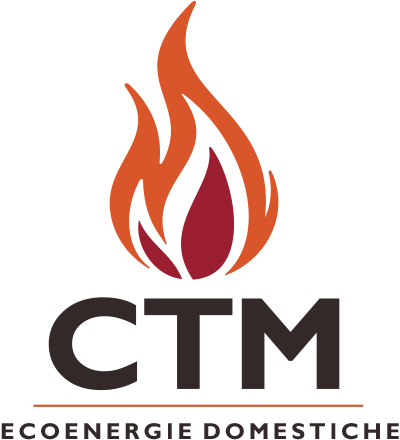If your pellet stove smokes, smells, or doesn’t light correctly, there are 5 most likely causes:
1) Obstructed flue (by soot or nests);
2) Poor quality or damp pellet;
3) Dirty or clogged brazier (burn pot) preventing proper combustion;
4) Worn door seals altering the air draft;
5) Faulty ignition element (igniter) (the main cause if the stove doesn’t start at all).
Solving these problems almost always requires targeted maintenance. Ignoring smoke is not only inefficient but can be dangerous. Let’s analyze each cause and its solution.
The 5 main causes analyzed and how to solve them
A correct diagnosis is fundamental. Smoke is always a symptom of incomplete combustion. Let’s see why this happens.
MCZ pellet stove Club Absolute Comfort Air Matic 14kW M3 series Core technology
€3.040,00 VAT incl.MCZ pellet stove series Musa Comfort Air 12kW M3
€2.610,00 – €2.770,00 VAT incl.MCZ pellet stove series Suite Hydromatic 24kW M2+
€4.050,00 VAT incl.1. Obstructed or dirty flue (enemy #1)
This is the most common and dangerous cause of smoke re-entering the room.
- The problem: accumulated soot narrows the passage, or worse, birds’ nests may have completely blocked the exhaust. If the fumes cannot get out, they come back through the stove.
- The solution: cleaning the flue by a qualified chimney sweep is mandatory, to be carried out at least once a year before seasonal ignition, as required by regulations.
2. Dirty or clogged brazier (burn pot)
If the stove “chokes” on ignition or produces dense smoke, the problem is often in the heart of the combustion: the brazier.
- The problem: pellets, when burning, leave residues (clinker). If not cleaned daily, the brazier’s holes get clogged. The combustion air cannot pass through, the flame is weak, and the pellets accumulate, producing only smoke instead of a lively flame.
- The solution: perform daily cleaning of the brazier with an ash vacuum. Ensure all holes are clear before each ignition.
3. Poor quality or damp pellet
The stove is designed to burn optimal fuel. Unsuitable pellets only create problems.
- The problem: a pellet with a high moisture content (above 8-10%) or rich in resins and binders “swells” during combustion, burns poorly, and produces an excessive amount of smoke and ash, dirtying the glass immediately.
- The solution: use only ENplus A1 certified pellets. Store the bags in a dry place, away from damp walls or the floor.
4. Electrical problems: the igniter doesn’t light
If the stove loads pellets, tries to start but produces no flame (and after a while goes into “ignition failure” alarm), the problem is almost certainly electrical.
- The problem: the igniter is the electrical resistor that becomes incandescent to trigger the first flame. With use, it wears out and fails. If it’s broken, the pellets will accumulate in the brazier but will never ignite.
- The solution: this is a technical intervention. The igniter must be replaced by a service center.
5. Worn seals and draft problems
If the stove smokes and the glass turns black very quickly, there might be an air problem.
- The problem: the gaskets (the braided “rope”) around the firebox door and the ash pan must ensure a watertight seal. If they are worn, the stove draws “spurious” air from the wrong places. This alters the balance between air and fuel, worsening combustion and promoting smoke.
- The solution: check the condition of the seals. If they appear dry, frayed, or flattened, they must be replaced.
Maintenance: prevention is the best solution
To avoid smoke and ignition failures, the best strategy is prevention. A proper maintenance plan ensures efficiency and safety:
- Daily cleaning: empty and clean the brazier.
- Weekly cleaning: vacuum the ash pan and the combustion chamber.
Annual cleaning (technician): extraordinary cleaning of the stove, checking components (gear motor, seals, igniter), and certified cleaning of the flue.
FAQ – Frequently Asked Questions
Is it normal for a pellet stove to emit a bit of smoke at start-up?
−Why does the stove glass turn black so quickly?
+How often should I clean the flue/chimney?
+The stove shows a “failed ignition” alarm. What exactly does it mean?
+1) faulty/weak igniter;
2) dirty burn pot that chokes the flame at start;
3) pellets not feeding correctly into the burn pot.
Pellets aren’t feeding into the burn pot. Is that why it won’t light?
+1) empty hopper;
2) jammed/failed gear motor or auger;
3) poor-quality or overly long pellets jamming the auger.
For points 2–3, a technician is required.


